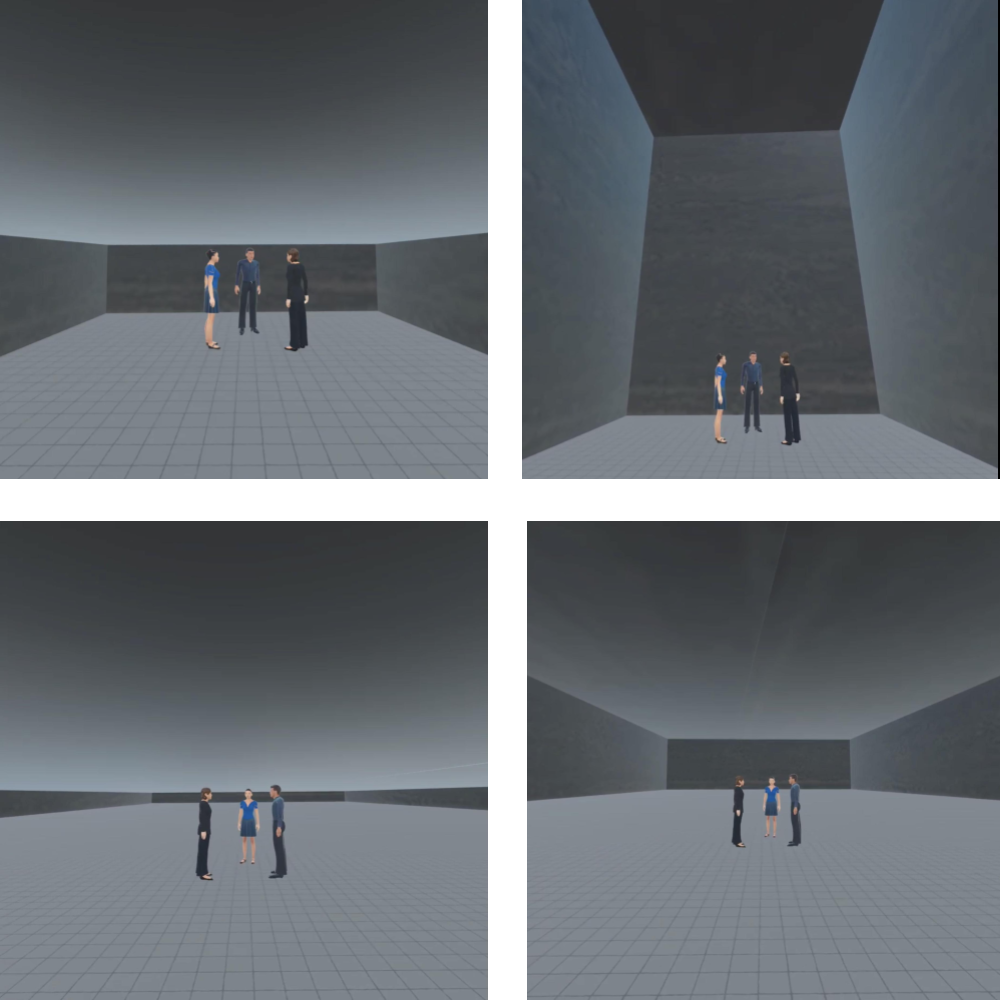The Influence of Spatial Dimensions of Virtual Environments on Individuals and Group Dynamics During Social Interactions †
Published in Journal of Environmental Psychology, 2024
Authors: Eugy Han, Cyan DeVeaux, Jeffrey T. Hancock, Nilam Ram, Gabriella M. Harari, and Jeremy N. Bailenson

Abstract: Research on physical-world environments has shown that the spatial properties of built worlds are consequential for shaping psychological states and social behavior. However, it has been difficult to empirically test this in natural settings in the physical world. This study uses immersive virtual reality (VR) environments, which have shown to have comparable effects to physical-world environments, to investigate the influence of two spatial dimensions (ceiling height and floor area) on individuals’ attitudes and nonverbal behaviors during social interactions. In the present study, groups of three to four physically remote participants wore VR headsets (n = 110) and took part in discussions every week for four weeks in one of four virtual environments that varied in their spatial dimensions (low or high ceilings, small or large floor areas).
Results showed that, when in a virtual environment with a high ceiling, participants reported feeling greater perceived restorativeness, awe, and momentary affective well-being, compared to when they were in virtual environments with low ceilings. Participants also paid more social attention (i.e., looked at other group members), when they were in virtual environments with high ceilings. When in a virtual environment with a large floor area, participants reported having a greater sense of awe, compared to environments with small floor areas. Furthermore, when in a large environment with a high ceiling, participants physically moved their heads more slowly and virtually stood further apart from their group members, compared to the other three conditions. We discuss implications for theoretical work on context and behaviors as well as design of social VR environments.
